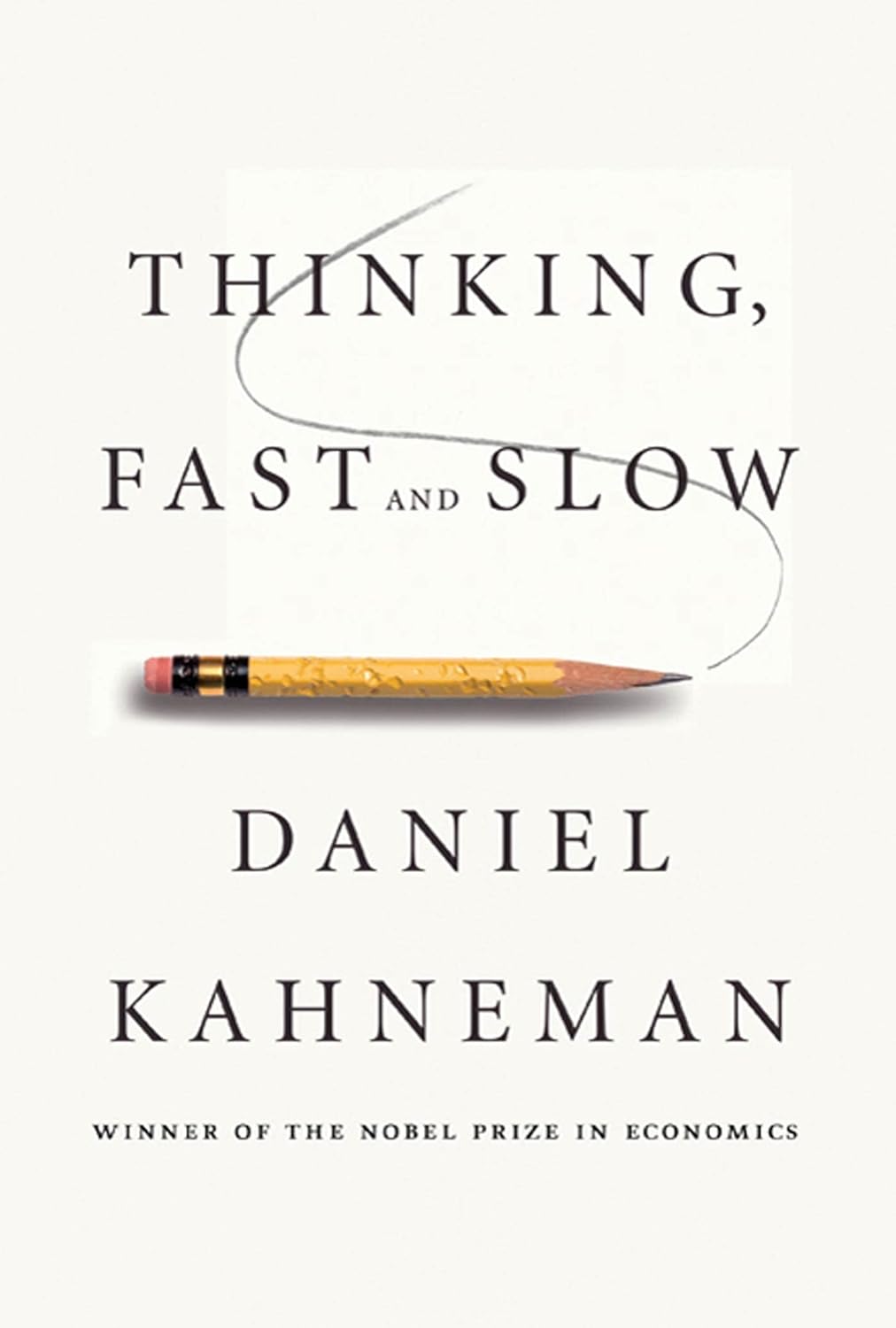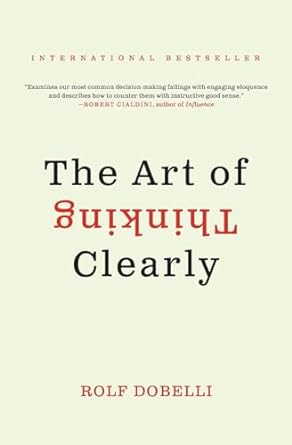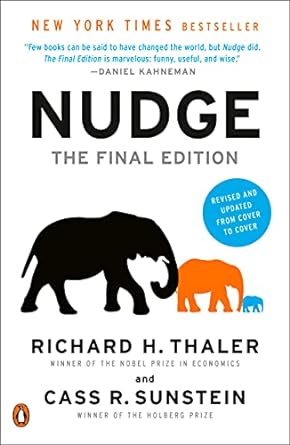Conjunction Fallacy
When we wrongly judge the conjunction of two events to be more likely than one of the events, when compared directly. A conjunction is the joining of two statements with words like 'and'.
Example:- Scenario 1: Bob cares about his fitness and health.
- Scenario 2: Bob cares about his fitness and health, and runs frequently.
The conjunction fallacy occurs when we deem Scenario 2 to be more likely than Scenario 1, even though logically this cannot be the case (since Scenario 1 includes Scenario 2).
Key Insights & Principles
Decision Making
Insights:- More variables = less likely.
- We are drawn to believe that more details in stories makes them more plausible.
- More information often hinders our ability to clearly see that which is important to decision making.
- The consideration of more variables in decision making makes us more likely to attach greater meaning or weight to unimportant details, and less weight to important ones.
- When making decisions focus on the few important details.
- Remove the unimportant.





